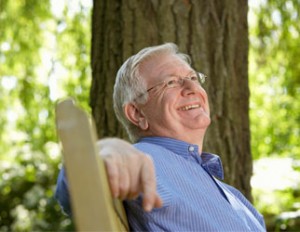Who are the retired rich and the retired poor?
The reality is that another person's apparent wealth or humble financial means cannot be assessed through observation alone.
Advertisement
The reality is that another person's apparent wealth or humble financial means cannot be assessed through observation alone.
 How should we determine who is eligible for government programs? If we misjudge eligibility we could be placing the vulnerable at even greater risk. The problem is that judging eligibility is challenging—especially in older, retired populations who are diverse and have a variety of income sources and expenses. The thoughts below might make you rethink who are the rich and the poor in our society?
How should we determine who is eligible for government programs? If we misjudge eligibility we could be placing the vulnerable at even greater risk. The problem is that judging eligibility is challenging—especially in older, retired populations who are diverse and have a variety of income sources and expenses. The thoughts below might make you rethink who are the rich and the poor in our society?
Share this article Share on Facebook Share on Twitter Share on Linkedin Share on Reddit Share on Email